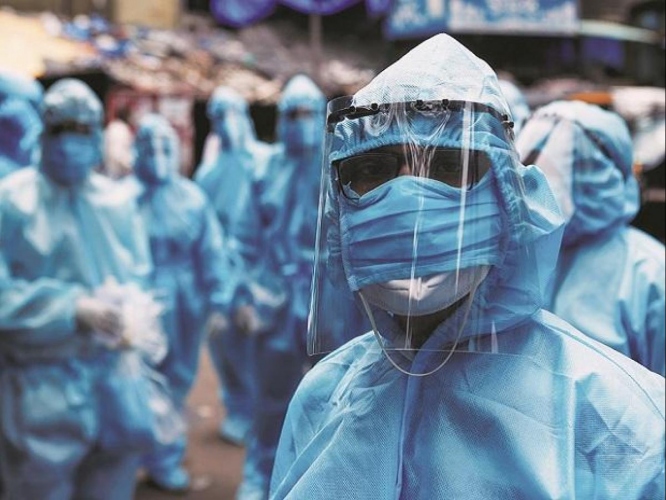From failing to consider the costs of not locking down, to underestimating the role of dumb luck in a pandemic, here are some critical thinking mistakes not to repeat in 2021

Rachael L. Brown
Throughout the pandemic we have seen a deluge of outright lies, conspiracy theories and pseudoscience from various peddlers of self-interest. But, more vexing than these calculated cases of disinformation has been the amount of sloppy reasoning in public discourse about the epidemic. Here are three critical thinking errors that were rife in 2020.
Fallacy 1: False comparisons
In arguing against lockdowns, it was not uncommon to hear people decry the “hidden cost” of public health measures designed to curb the virus’s spread. Commonly cited examples include drops in cancer detection or the negative impacts of school closures, particularly on students from disadvantaged backgrounds.
It is certainly reasonable to ask whether the costs of lockdown outweigh the benefits. But any such reckoning needs to factor in the costs of not imposing a lockdown.
It is a mistake to use the “pre-Covid normal” as the baseline for comparison. What is relevant is the expected outcomes given the impact of Covid that would occur without public health measures in place.
Similarly, when looking at the impact of school closures, particularly on socioeconomically vulnerable students, we need to factor in the likely impact of increased Covid infections. As has been shown both at home and abroad, the impacts of Covid outbreaks are disproportionately felt by disadvantaged communities.
Fallacy 2: Failing to see nuance behind numbers
Victorians were understandably glued to the daily case numbers during their epic lockdown, while their New South Wales neighbours nervously kept an eye on their own tally. But the focus on numbers can mislead; bald case numbers don’t tell the whole story.
Why, for example, did two such similar states have such contrasting fortunes? Behind the headline numbers were some key differences that can explain why Victoria endured a major second wave, while NSW escaped relatively unscathed. Not all of them involve differences in contact-tracing capacity.
Similarly, there are other features of the demographics of the Victorian outbreak that also set it apart from NSW, such as the average size of the households in which infected individuals live and the source of their infections. The devil is in the detail.
Fallacy 3: Thinking everything happens for a reason
The ancient Greeks blamed unexpected bad outcomes in their lives on Tykhe, the goddess of chance, and the Romans similarly blamed Fortuna. In our largely secular modern world, however, we typically assume a bad outcome to be a sign of failure rather than simple bad luck.
But in a pandemic, not only can relatively small differences in situations lead to large differences in outcomes, but these small differences often come down to dumb luck. This is especially true when talking about very small numbers of cases, as we have in Australia now.
At such low numbers, bad luck and chance are likely to play a big role in our fortunes.
It is easy to interpret any jump in case numbers as indicating a failure of the public health measures in place. But this overlooks the role of other factors: whether a Covid-positive person lives with one other person or six, or whether they work in aged care, or from home, where they shop, whether or not they developed symptoms while infected, and whether or not they self-isolated as a result. All of this can make a significant difference to the potential number of others whom they infect with the virus.
It is also harder to trace the contacts of someone working outside the home, compared with someone working from home and only leaving to go to the shops once a week. No two infections are truly equal.
It’s an uncomfortable thought, but luck is a huge part of where we find ourselves today, and where we could be in the future.